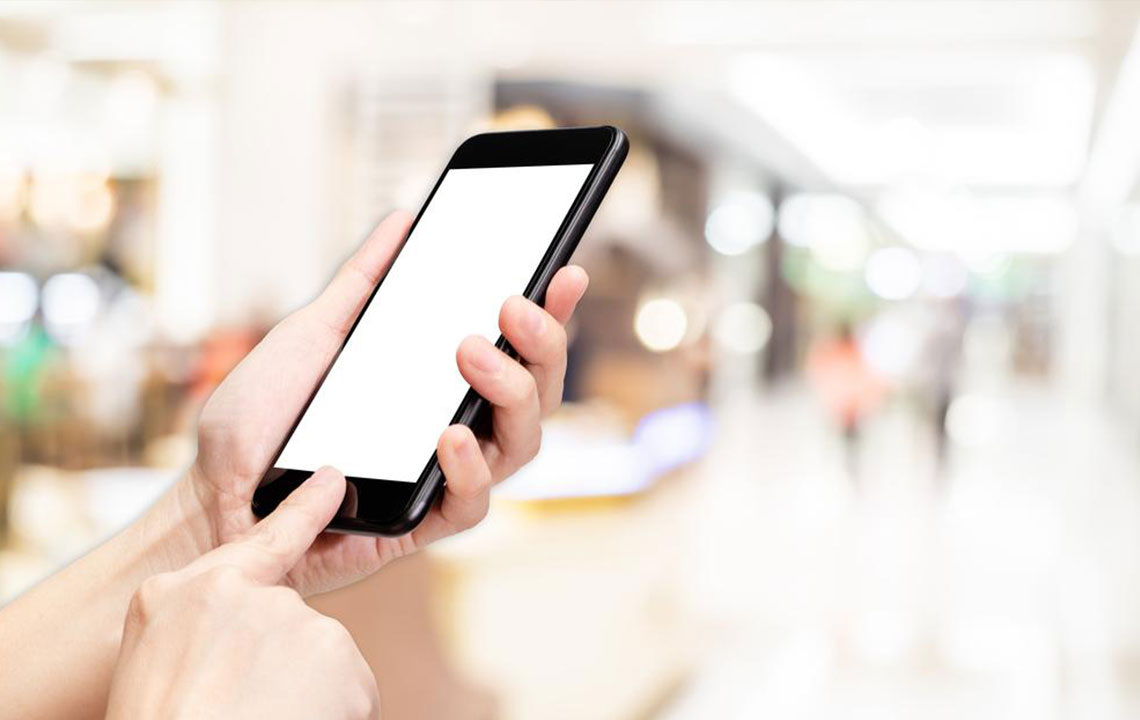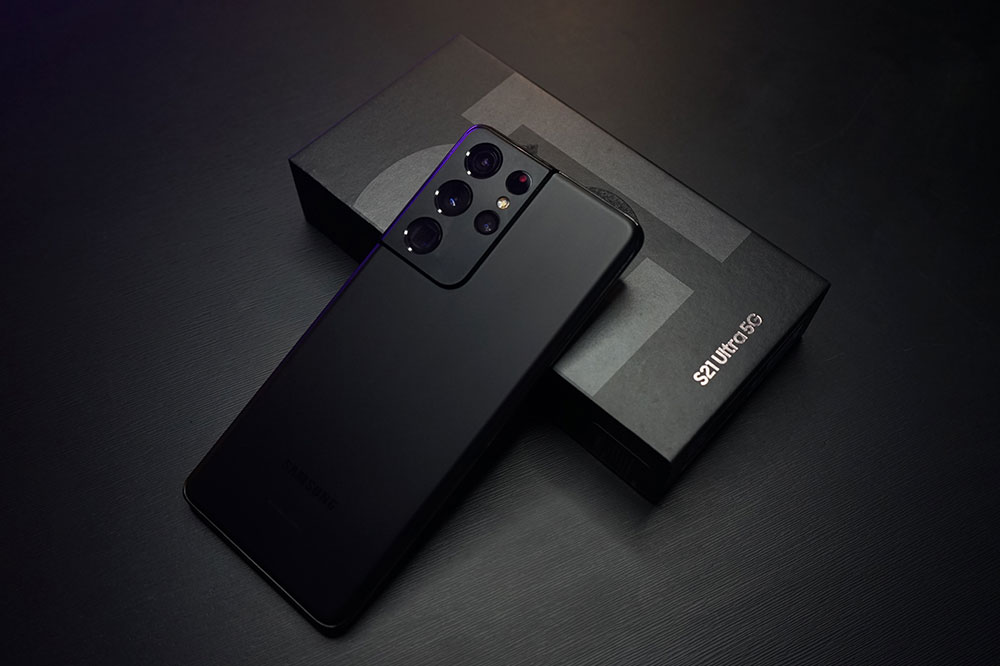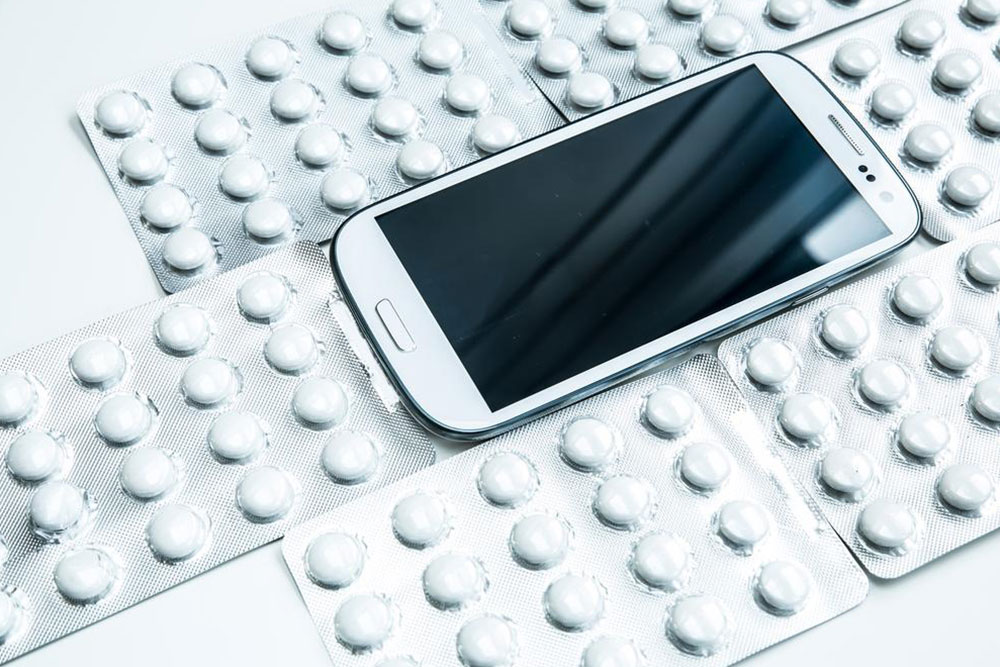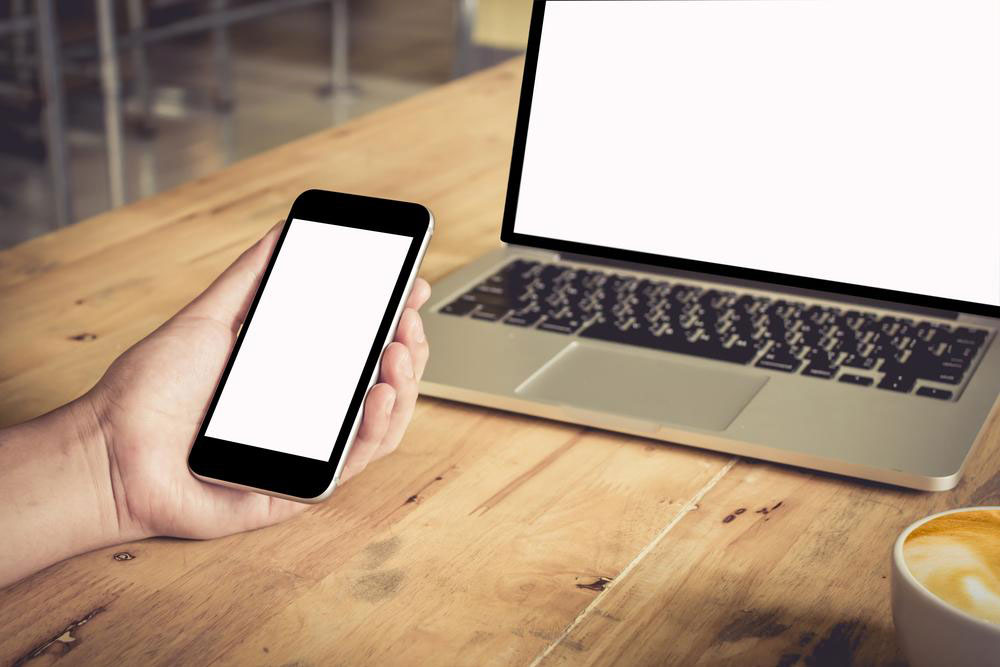In-Depth Comparison: Samsung Galaxy S7 vs. S8 – What’s New and What Remains Similar?
This comprehensive comparison explores key differences and similarities between Samsung Galaxy S7 and S8 models, including design, display, performance, and camera features. It helps consumers decide based on priorities such as size, performance, and new technological enhancements, assisting in making an informed smartphone purchase.

Samsung Galaxy S7 vs. S8: An In-Depth Analysis of Features and Design
Samsung remains a powerhouse in the smartphone industry, continually pushing the boundaries of innovation with its flagship Galaxy S series. The Galaxy S7 and S8 models are particularly notable, with the latter introducing significant upgrades that have captivated consumers worldwide. Both devices embody Samsung's commitment to combining cutting-edge technology with sleek, premium design, but they also differ in key aspects that influence user experience and preference.
Overview of Samsung Galaxy S7 and S8
The Galaxy S8 is considered the next-generation evolution of the Galaxy S7, building upon its predecessor’s success with advanced features, improved display technology, and a refined aesthetic. This detailed comparison aims to highlight the differences and similarities between these two flagship smartphones, assisting consumers in making informed purchasing decisions based on their needs and preferences.
Design and Build Quality
The physical design of smartphones significantly impacts user interaction and aesthetic appeal. Both the Galaxy S7 and S8 showcase Samsung’s signature sleek design language, emphasizing premium materials and a modern look.
The Galaxy S7 features a glass back paired with a sturdy metal frame, offering a comfortable grip while maintaining a sophisticated appearance. Measuring 142.4 mm in height, 69.6 mm in width, and 7.9 mm in thickness, it is compact and easy to handle. Its weight is approximately 152 grams, making it relatively lightweight for its class.
The Galaxy S8 adopts a similar glass-and-metal design but with notable changes to enhance visual appeal and ergonomics. It measures 148.9 mm x 68 mm x 8 mm, slightly taller and thinner than the S7, which translates to a more elongated silhouette. This device is slightly heavier at around 155 grams but remains comfortable to hold. A standout design feature of the S8 is the elimination of the physical home button, replaced by on-screen navigation and a rear-positioned fingerprint sensor next to the camera. This update provides a more seamless, edge-to-edge display experience.
Display Technologies and Sizes
The display is one of the most critical aspects of modern smartphones, influencing both aesthetics and usability. The Galaxy S7 sports a 5.1-inch Super AMOLED display with a Quad HD resolution (1440 x 2560 pixels), offering vibrant colors, deep blacks, and excellent contrast. Its screen size strikes a balance between portability and immersive viewing.
The Galaxy S8 pushes the envelope with a larger 5.8-inch Super AMOLED display, also with Quad HD+ resolution (1440 x 2960 pixels). The curved edges and nearly bezel-less design create a more modern, elegant look. The larger screen not only enhances multimedia consumption like videos and gaming but also improves productivity through better multitasking capabilities.
The S8’s curved display also introduces the signature "Infinity Display" design, providing an immersive viewing experience. If users prioritize compactness and ease of handling, the S7 might be preferred, but enthusiasts seeking a richer visual experience might opt for the S8.
Performance and Hardware Specifications
Both the Galaxy S7 and S8 are equipped with powerful hardware that ensures smooth, efficient performance. The Galaxy S7 is powered by a Qualcomm Snapdragon 820 processor in North America or Samsung’s own Exynos 8890 chip elsewhere, paired with 4 GB of RAM. This combination delivers swift operation for everyday tasks, multimedia, and gaming, along with robust multitasking capabilities.
The Galaxy S8 features a more advanced Qualcomm Snapdragon 835 chip (or Exynos 8895 depending on the region), also paired with 4 GB of RAM. This hardware upgrade results in better overall performance, faster app loading times, and improved efficiency, especially with more demanding applications.
Both devices come with internal storage options ranging from 32 GB to 64 GB, expandable via microSD cards up to 256 GB (availability varies by region), providing ample space for apps, media, and personal files.
In terms of software, both phones run on Android, with Samsung’s custom One UI overlay, and receive regular updates to enhance security and functionality. The S8’s newer hardware also supports newer features like improved voice assistants and augmented reality (AR) capabilities.
Camera Capabilities
The camera systems on both models are designed to deliver high-quality images in various conditions. The Galaxy S7 features a 12 MP rear camera with a wide f/1.7 aperture, OIS (Optical Image Stabilization), and phase detection autofocus. This setup ensures sharp photos with excellent low-light performance. Its front camera is a 5 MP shooter suitable for selfies and video calls.
The Galaxy S8 maintains the 12 MP rear camera with similar specifications but introduces additional software enhancements such as improved HDR modes, better image stabilization, and AR Emoji features that add fun and personalization. The front camera on the S8 is a 8 MP sensor with face detection autofocus, providing clearer selfies and video chats.
Both devices excel in capturing detailed images, making them ideal for photography enthusiasts. Video recording capabilities include 4K at 30 fps and high-definition slow-motion options.
Enhanced Features and Additional Aspects
The Galaxy S8 introduces notable new features to enhance usability and security. It offers an iris scanner and facial recognition for quick, secure unlocking, as well as a USB Type-C port for faster data transfer and charging. The device also features stereo speakers tuned by AKG, providing richer audio experience.
The S7, while lacking some of these cutting-edge features, still offers water and dust resistance with an IP68 rating, wireless charging, and fast charging capabilities. Both devices support Samsung Pay, allowing secure mobile payments.
Software-wise, the S8 runs on the latest version of Samsung’s One UI, which provides a more intuitive and customizable interface, while the S7 runs on an earlier version but still offers most functionalities expected of a flagship device.
Conclusion: Which Smartphone Is Right for You?
Choosing between the Samsung Galaxy S7 and S8 depends largely on user preferences and specific needs. If you prioritize a compact device, excellent camera performance, and a reliable experience, the Galaxy S7 remains a capable choice. Its smaller size and simpler design make it an excellent option for those who prefer one-handed operation.
However, if you desire a larger, more immersive display, upgraded performance, and the latest features such as biometric security options, the Galaxy S8 is undoubtedly the better pick. Its edge-to-edge screen and enhanced hardware ensure it stays relevant for a longer period, especially as software updates and apps evolve.
Ultimately, both smartphones represent high-quality offerings from Samsung, with the S8 providing a more modern, feature-rich experience at a slightly higher price point. Your choice should align with your primary usage patterns, aesthetic preference, and budget constraints.
For detailed specifications and the latest updates on these models, visit Samsung’s official website or authorized retailers to explore available accessories, software updates, and additional features.





